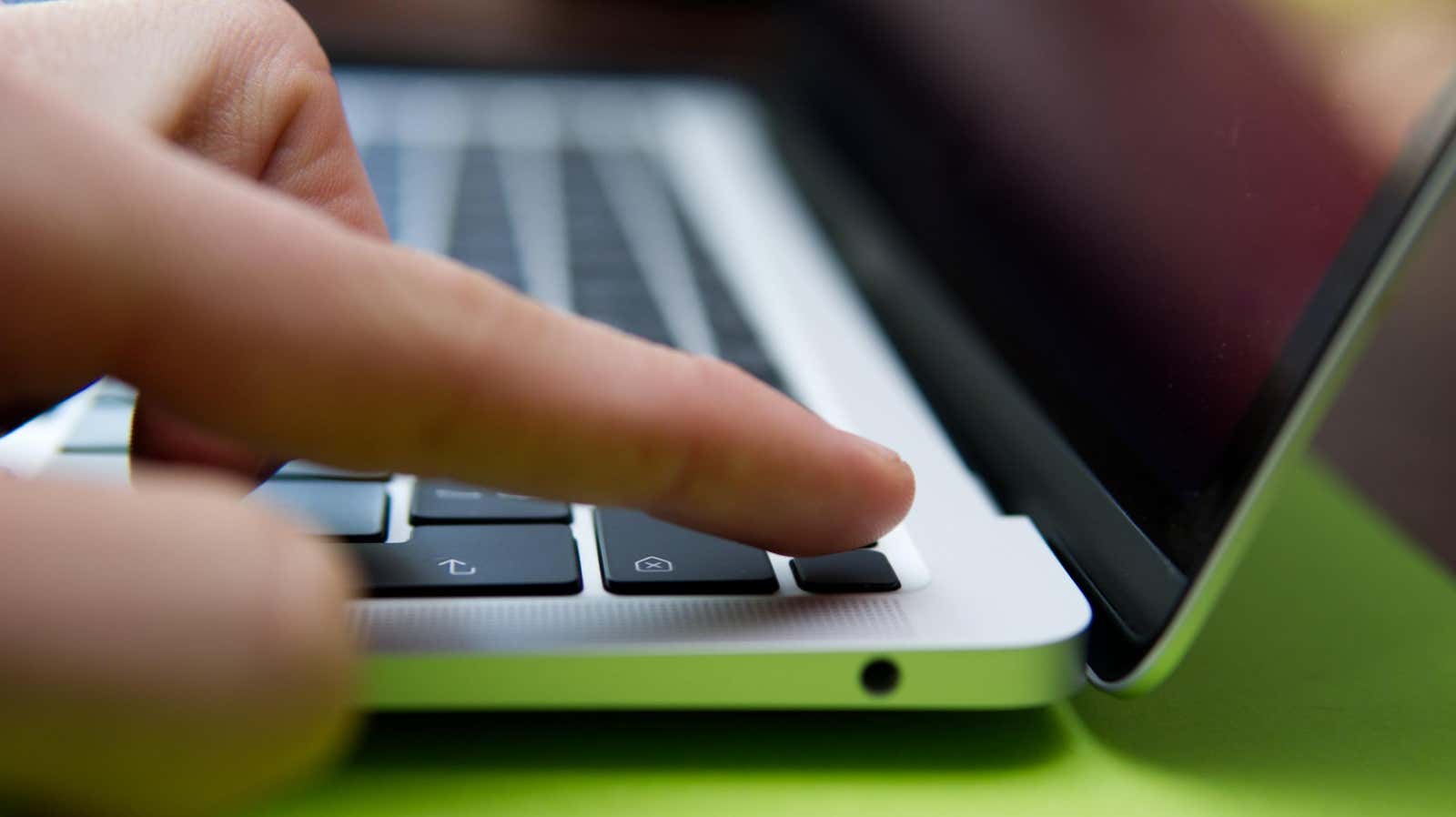How to Enable Mac’s New Built-in Two-Factor Authenticator (and Why You Need It)

If you haven’t heard us talk about this issue before, you should really use two-factor authentication for all of your important accounts. An extra layer of extra security with a six-digit password that refreshes every 30 seconds is essential to keep your digital accounts secure. But the question is, how do you do this so that it is actually easy to use?
There are many options; Bitwarden and 1Password have great two-factor authentication features built in, but these apps cost money and are ultimately third-party options rather than something built into our devices. But now Apple has integrated two-factor authentication into the password feature in iOS 15, iPadOS 15, and macOS Monterey.
This feature syncs across all your devices using iCloud Keychain, so all two-factor codes from your iPhone will be available on your Mac, and vice versa. (Here’s how to use the two-factor process for iPhone and iPad .) And if you’re using Safari, you can enter two-factor authentication codes simply by using Touch ID, without having to dig into the password management app.
How to set up two-factor authentication on a Mac
Setting up two-factor authentication in macOS Monterey is as easy as it gets – you just enter the verification code and you’re done. The process is the same for most websites, applications and services. For this example, we will be using Twitter in the Safari browser. First, you need to add your website login to iCloud Keychain.
To get started, open the site and find the two-factor authentication function in the settings. On Twitter, it’s available under Settings & Privacy > Security & Account Access > Security > Two-Factor Authentication . Here select the ” Authentication Application ” option.
In the wizard, click the Start button. Enter your password and select the ” Confirm ” option.
By default, Twitter will show you a QR code. Instead, click the little button ” Can’t scan QR code ?” link below.
Copy the verification code you see.
On your Mac, open System Preferences and go to Passwords. Authenticate and then open your Twitter login. Here click the ” Edit ” button.
In the “Confirmation Code” section, click the ” Enter Setup Key ” button.
Paste the verification code from the website and click OK . Then click the ” Save ” button to save the details.
You will now see a six-digit verification code that is re-generated every 30 seconds. Go back to Twitter, click Next on the verification code screen, and enter the six-digit code.
If you’re using a Mac with Touch ID, you can enter it by simply scanning your finger – you’ll see the code is verified and two-factor authentication is set up and enabled. You will also see a backup code that you should keep in a safe place (perhaps in a password-protected note in the Notes application).
How to sign in using two-factor authentication on a Mac
If you’re using Safari, you don’t need to look for verification codes. Safari will automatically fill them in for you. The next time you sign in and land on the confirmation page, just use Touch ID to sign in. If you are not using Safari, you will have to manually find the verification code. To do this, open System Preferences > Passwords and find the login on the site. You will see a verification code on the details screen.
How to remove two-factor authentication on Mac
If you no longer want to use two-factor authentication for your website, you can remove it from the Passwords app. First, be sure to disable it on the website itself (as this may require you to enter a verification code).
Then go to System Preferences > Passwords . Find the relevant website and click the ” Edit ” button. In the “Verification Code” section, click the ” Delete Verification Code” button, and in the confirmation pop-up window, select ” Delete Verification Code ” again. The two-factor authentication section will disappear.